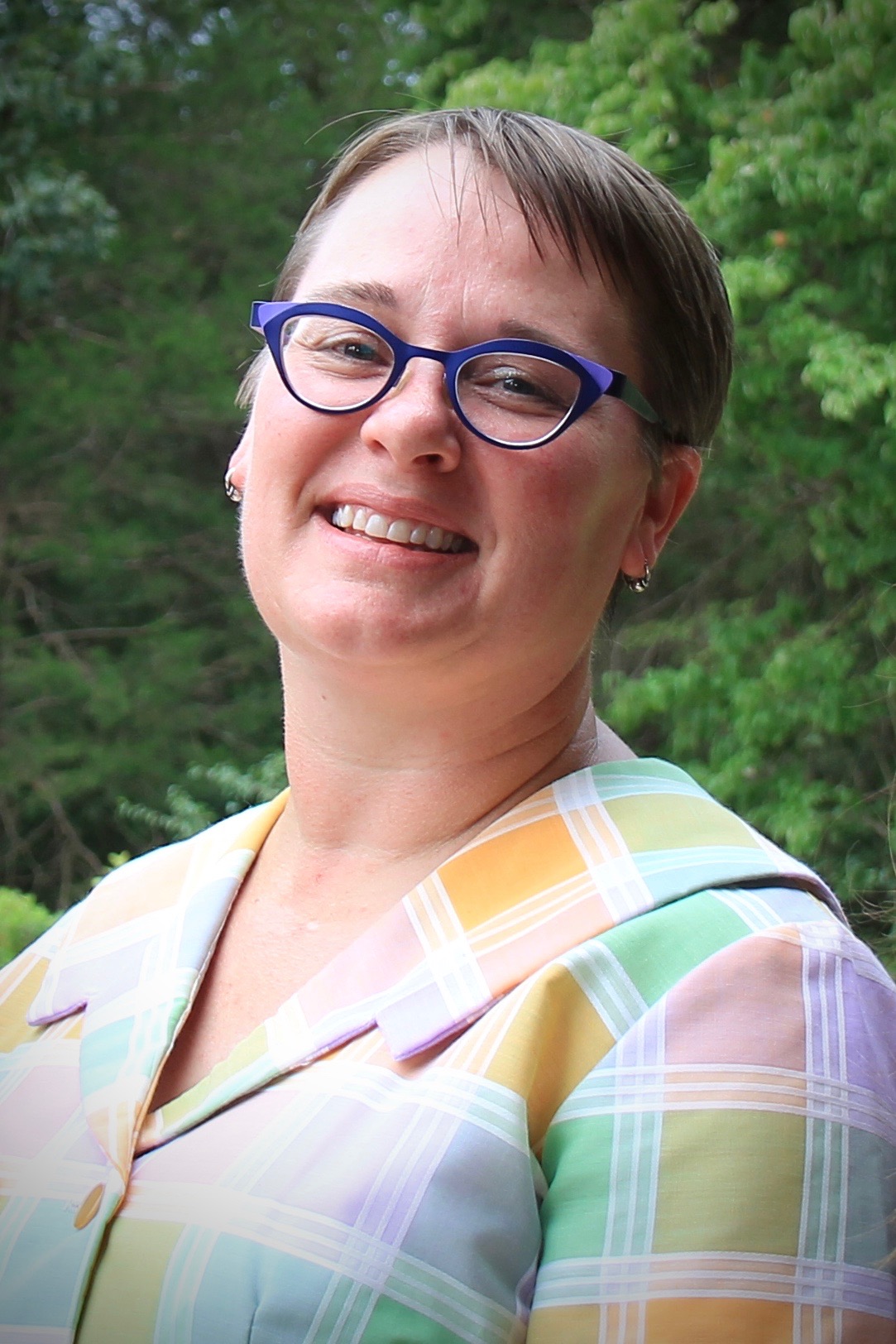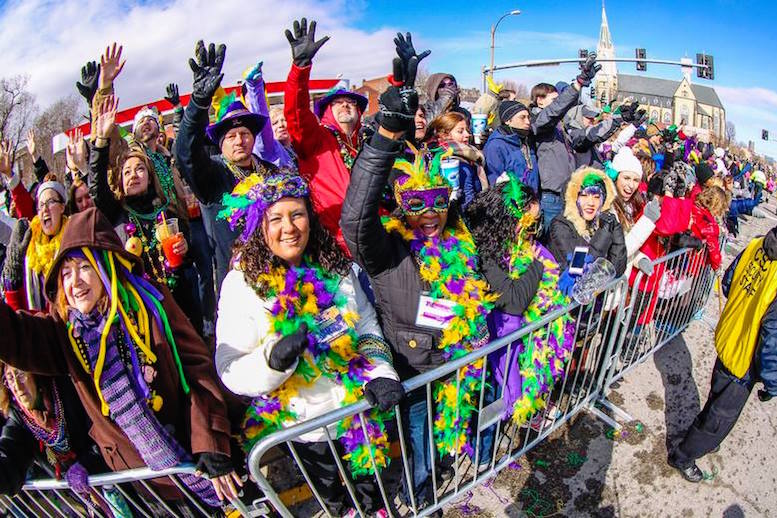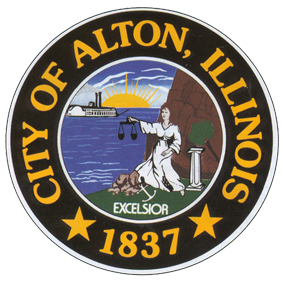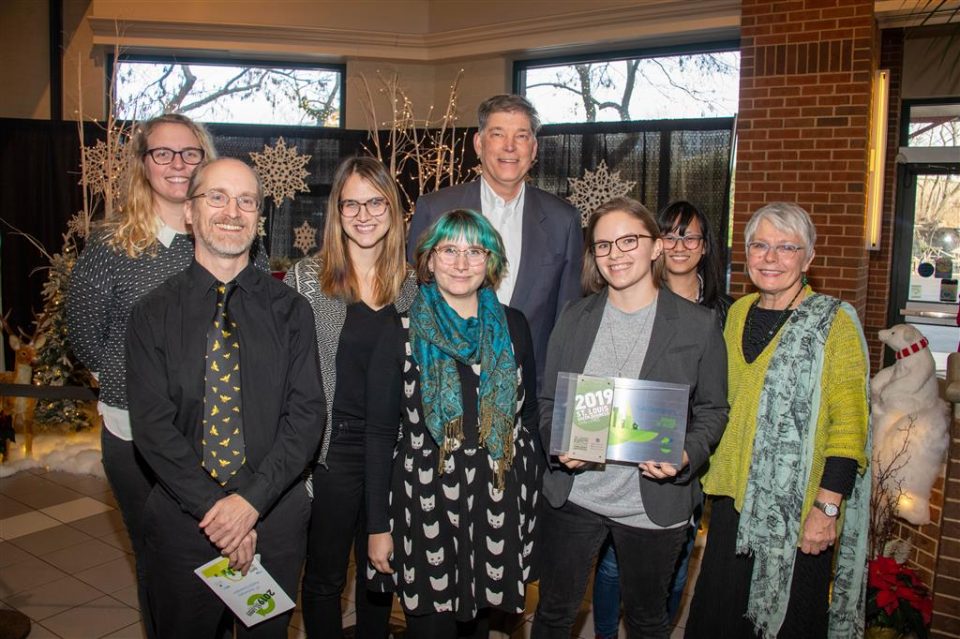Emily Andrews, executive director of the Missouri Gateway Chapter of the U.S. Green Building Council (USGBC) is stepping up in the fight for cleaner air by greening the region one building at a time.
Since its inception in 2001, the Missouri Gateway Chapter has worked diligently to initiate, develop and accelerate implementation of green building concepts that promote environmentally responsible, prosperous and healthy places to live and work. In almost two decades, the chapter has grown to more than 600 individuals representing an array of companies and organizations, all sharing a common vision to create a more sustainable Metro area.
Now in her 14th year with the council, Andrews initially joined as a coordinator and served as the chapter’s first full-time staff person, ultimately growing the position to an executive director role after just a few years. Her primary responsibilities with the USGBC include providing outreach, education and advocacy for green building principles and practices throughout the region. Programmatically, she focuses on energy benchmarking campaigns, which is an effort to get buildings to take the first step in determining how to conserve resources, reduce operating costs and reduce environmental impacts by tracking their energy use and comparing it to similar buildings and to past performance.
“The interesting thing about working for USGBC – and the pun is actually intended here – is that you’ve got a roof over all of these different environmental issues that come together in one place where you can talk to people about them,” said Andrews.
Under her leadership, the USGBC-Missouri Gateway Chapter continues to evolve. The chapter began adding more technical sessions and detailed training opportunities to their robust calendar of events, as well as evening educational programs that are held on the second Tuesday of each month in locations around the St. Louis metropolitan area. In-depth seminars are also offered throughout the year that cover a wide-range of topics for business professionals and individuals who are implementing and applying green building practices and principles.
“We want to see every building be a green building, because we all deserve to live, work and learn in environmentally responsible and healthier spaces,” said Andrews.
Other ongoing activities hosted by the Missouri Gateway Chapter include various workshops, lectures and building tours, as well as the Green Schools Quest, an innovative program we’re excited to highlight in a future blog post!
When it comes to cleaning the air in the St. Louis region, Andrews believes that green building techniques play a vital role in helping reduce emissions that lead to poor air quality.
“Perhaps the biggest connection is that all the energy used in buildings – with a few exceptions – is created by burning things, like coal or natural gas, and that creates air pollution that contributes to ground level ozone and particulate matter,” Andrews noted. “By promoting energy efficiency, we’re having a direct impact on both outdoor and indoor air quality.”
Promoting the construction of new buildings in places that have access to services like public transportation and are in walking distance to restaurants, banks, shops, etc., also has a big impact on air quality by eliminating the need for individuals to hop in their vehicles for short trips.
In addition to her work supporting environmental initiatives with the USGBC, Andrews is a co-chair of the Energy and Emissions Working Group of the OneSTL initiative and currently serves on the Forest Park Advisory Board. She also serves on another city appointed board, the Clean Energy Development Board, which oversees the implementation of the Set the PACE St. Louis program that helps homeowners and commercial, industrial and multi-family property owners access affordable, long-term financing for smart energy upgrades to their buildings.
For more information on green building and the USGBC-Missouri Gateway Chapter, visit www.usgbc-mogateway.org. To learn more about the link between sustainability and air quality, check out our website, like us on Facebook or follow us on Twitter at @gatewaycleanair.





